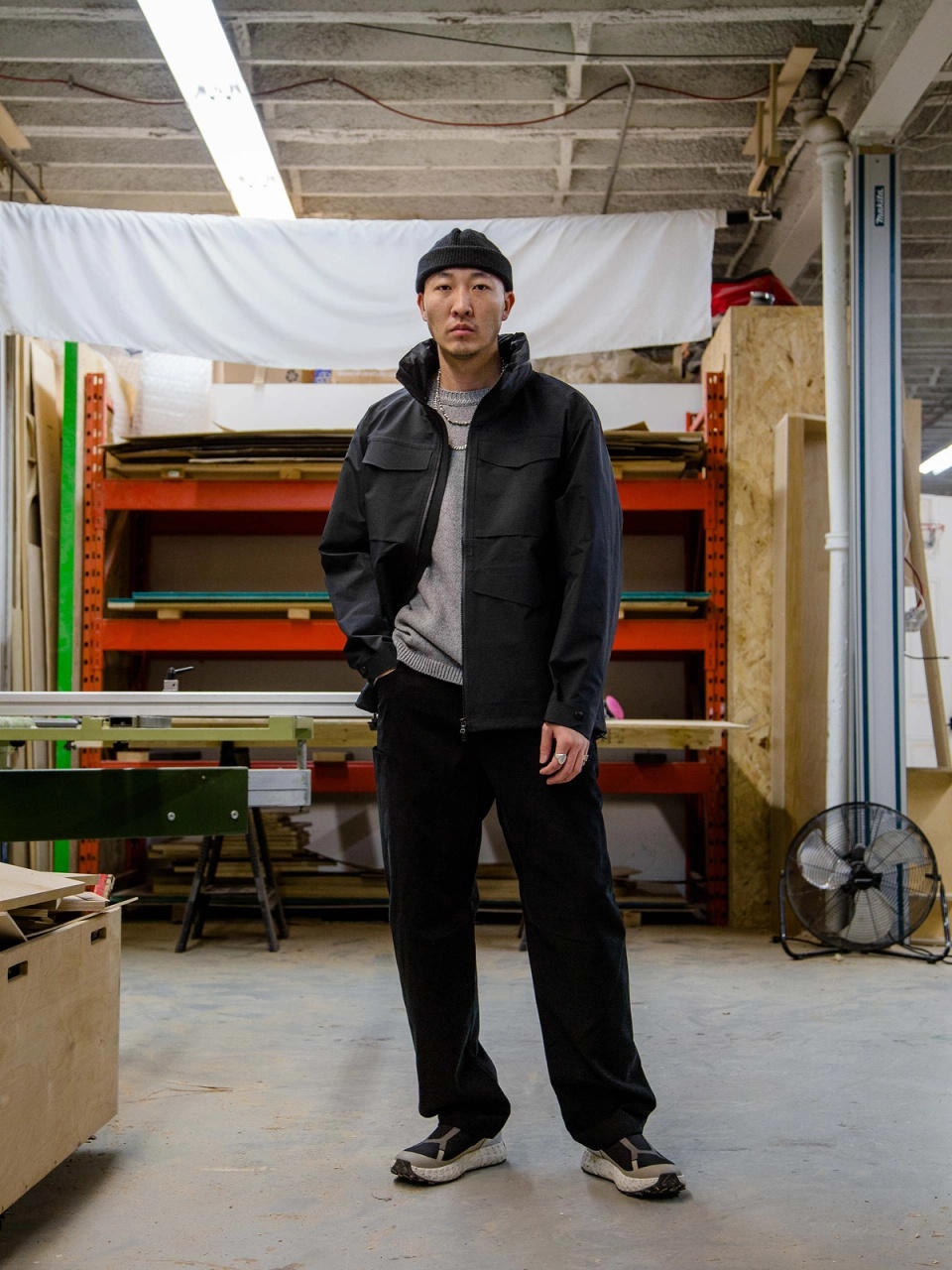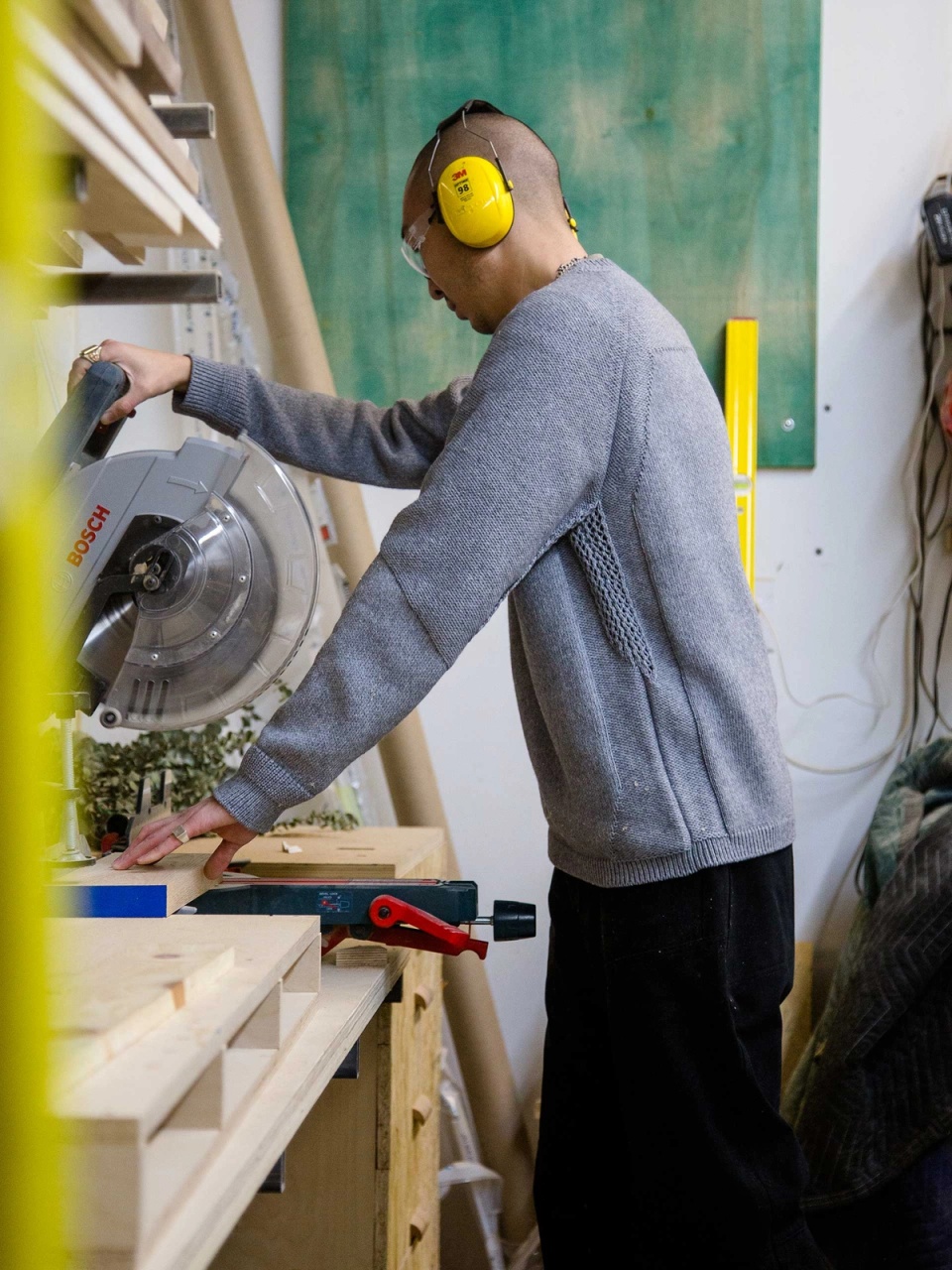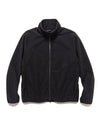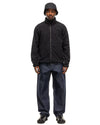
Dialogue
Drawing Inspiration from Traditional Cultures and Design with Jeremy Joo
We sat down with Toronto-based designer Jeremy Joo in his workshop to discuss design philosophy and debut the latest pieces from our collection.
Join us at HAVEN Toronto on Thursday, January 11 for the launch of an exclusive collaboration project with JDH Projects alongside a live design discussion with Jeremy Joo, Florent Pannier and HAVEN co-founder Arthur Chmielewski. Limited tickets available here.
Where do you draw inspiration for your designs?
The studio focuses on furniture, objects, and spaces, spirited by the proportions and forms within Asia and Africa. There are some common cultural elements that contribute to the works, like floor seating, communal dining, and ceremony. A great material example of this is indigo dyeing. The native habitat of the indigo plant is unclear, but it is somewhere within the two continents. Countries like Nigeria, Mali, India, Japan, and Korea each have their own distinct histories and significance with the plant matter and dyestuff. These forms, materials, and philosophies are integral to the works of my studio.
Can you walk through your creative process when
starting a new project?
The process is quite intuitive. It starts from aligning function with my design philosophy, and the forms generally follow from there through the considerations of scale and proportion. The work must feel easily understood and simple to the eye, no matter how complex the construction. Then comes sourcing material, processing, and building.


How do you incorporate technology into your design process?
The studio runs mostly analog, from referencing to sketching to photographing. Most inspiration comes from books, then designing two-dimensionally on paper. The building of the pieces is done using various hand and power tools (still operated by hand), and all pieces are finished without the use of machines. And at the end, the pieces are captured on film. This is not necessarily dogmatic, but it is what feels most aligned with myself and the studio.

How do you go about understanding a client’s needs and preferences before starting a project?
With how busy everyone’s lives are, it’s important to first align with each other to determine whether we’re the right fit for one another. Before the specific needs of the project, it seems to be best when we can relate on a human level and share common values. I am selective with whom I work, and the clients generally understand that I stick to a certain design language. When these things are in accordance, mutual understanding tends to come naturally. And if it’s not the best fit, I try to suggest talented people who may align better.


What process do you go through when choosing materials and what wood is your favourite to work with?
Each material has its own natural qualities that lend it to be more suitable in certain scenarios than others. Certain environmental and functional elements must be considered in a project, such as whether a piece will be indoors or outdoors. As part of my design philosophy, I only use domestic wood species native to the continent. My favourite is white oak, as it is abundant and has antimicrobial, rot and water resistant qualities. It is the wood species we have chosen for our Hex Incense Burners in collaboration with HAVEN.
Talk about your relationship with HAVEN and how the collaboration came about?
Arthur and I have been talking about doing an incense burner together for the past couple of years. It was important to take time to consider what aligned with both JDH Projects and HAVEN, and we naturally came to this form based on some upcoming pieces I’ll be introducing this year. The collaboration came quite naturally, as we have mutual admiration for each other’s work.
How has Toronto played a role in your career?
Toronto is the place that raised me. Growing up in such a diverse city, food was my first meaningful exposure to different cultures. This led me to consider the commonalities shared across the world’s cuisines, customs, and ceremonies. I began to see red threads throughout the food and its settings, eventually becoming interested in the spaces that surround them.



Can you talk about Homies Powered and the event we have on Jan 11th?
Homie Powered is an ongoing exhibition series bringing together furniture, objects, and spaces with aligning artists, creatives, and food. JDH Projects will be launching the Hex Incense Burner in collaboration with HAVEN and showcasing a selection of furniture and objects. Artist Florent Pannier will show a sculptural work, and Moment Flora will display floral arrangements. We will be hosting an installation at HAVEN Toronto that will run from January 11th-28th, with a panel discussion and launch party on January 11th. Food will be provided by Imanishi Japanese Kitchen, and beverages by Sapporo and Lark.
Can you share some of your latest projects?
Later this month, JDH Projects will be exhibiting a lighting and furniture installation at Aesop Queen Street West. This will be the launch of Floor Lamps and Tables Lamps by the studio and will be open to the public January 18-28th.

Producer: Jaz Panaguiton | Photographer: Jefford Lam
Copyright © 2024 HAVEN Apparel Inc. All rights reserved























